Not a collector, but a custodian
Rich Tomasini begins his video with an introduction that sets the tone: “I’m not a car collector, I’m more of a custodian. They come through me and hopefully they leave better.” For him, cars aren’t trophies. They’re odd birds to be cared for, enjoyed, and then passed on.
That philosophy led him to fall in love with this quirky Swedish survivor: a 1967 Saab 96, two-stroke, three-cylinder, four-speed. On paper it makes just 46 horsepower, which Rich jokes means he can “outrun it himself,” and while the spec sheet says 0–60 mph in 26 seconds, he swears it’s closer to 45 seconds :)
Yet speed isn’t the point. This car is about character, design, and heritage.
1967: A transition year
For Saab, 1967 was the end of an era. It was the final year the 96 was offered with the two-stroke triple before being replaced by Ford’s V4. Rich knows the history: “This motor here in 1967 — they moved over to the V4 engine that was designed by Ford. The 67 is the transition year… and I wanted the two-stroke because I think it sounds really, really cool.”
That choice connects his car to Saab’s earliest glory days.
Born from aircraft engineers
One reason Tomasini admires the 96 is its aerodynamic design. Saab’s engineers came from the aircraft industry, and he insists you can feel that lineage: “Even when you’re driving this car, the wind doesn’t blow inside. I have the windows down, and this car is like a little vacuum tunnel — it all just shoots off the back.”
Practicality was part of the package too. The trunk features a wooden drop-seat so families in Sweden could sleep inside during cold winters. For such a small car, it’s surprisingly functional.
The two-stroke heartbeat
Under the forward-hinged hood sits the three-cylinder, three-spark-plug two-stroke engine, paired with a column-mounted four-speed H-pattern gearbox. Rich laughs that it feels like “two hamsters in a wheel,” but it’s effective and brimming with character.
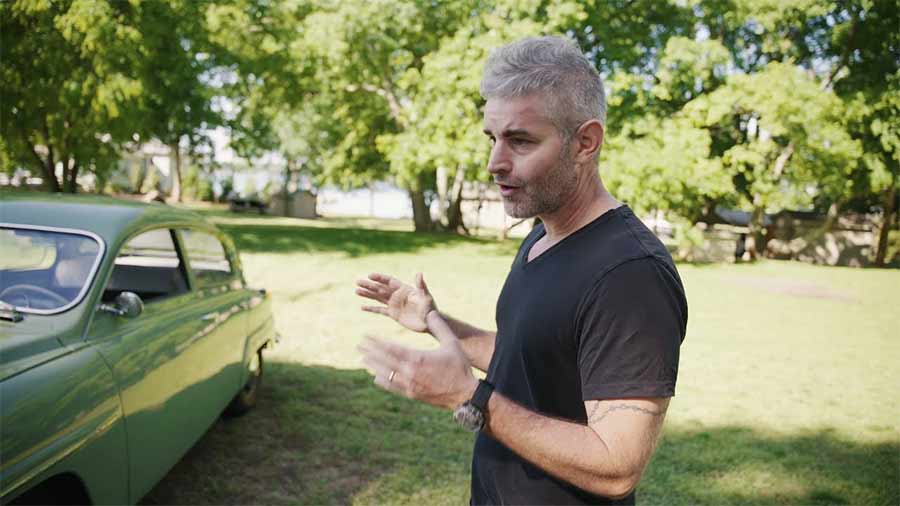
More importantly, the 96’s two-stroke is tied to Saab’s rally pedigree. Erik Carlsson, the man who put Saab on the world stage, drove early Saab 93s and 96s to rally victories, including Monte Carlo. As Rich notes, “This was the first model Sweden ever had to put into a rally race.”
The power may be modest, but the legacy is immense.
A quirky cabin tour
Inside, the 96 delivers odd but clever design touches. The front seats fold easily to allow access to the back, where “smaller people” can still fit. He describes them as angled, almost “cross-eyed.”
The dash remains original, with gauges, warning lights, an ashtray (“remember when that wasn’t politically incorrect?”), and a non-functioning AM radio. Rich chuckles about Saab’s side bins: “I’m a vegetarian, so I can actually fit all my food in these two things.”
Even the heating system impresses him: “When you hit this lever, this actually heats the car like you wouldn’t imagine. In the winter, the heat from the motor pulls right in here and it’s warm inside.”
Air conditioning? None. But that was never the Saab way.
Keeping it alive
Owning a 58-year-old Saab means dealing with scarcity. Parts are hard to source. Rich recently found used taillight lenses, powder-coated the wheels, rebuilt the carburetors, and tightened up the brakes. The body, he notes, is “very, very straight.”
His final tweaks include lowering the rear about an inch and a quarter and adding fog lights, giving the car a more confident stance while keeping it period-authentic.
On the road today
So how does it drive? Slowly, yes, but with a soul that modern cars can’t match. The front-wheel-drive layout makes sense for Sweden, “where it snows even in July,” and every mechanical noise connects driver and machine.
For Rich, the joy comes from the feeling that this car is alive. It’s quirky, it’s underpowered, but it’s unmistakably Saab.
And as a custodian, he knows his stewardship is temporary: “Probably pass it on to a permanent owner.” That cycle — one caretaker after another — is how Saab’s story continues.
Watch the video
To fully appreciate Tomasini’s Saab 96, you need to hear his voice and see the car in motion. His enthusiasm, humor, and attention to detail make this a must-watch for any Saab enthusiast.



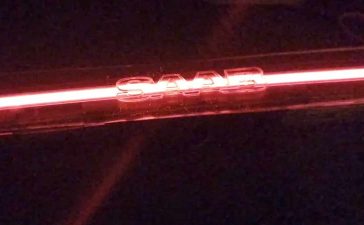

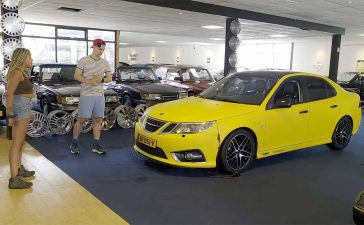
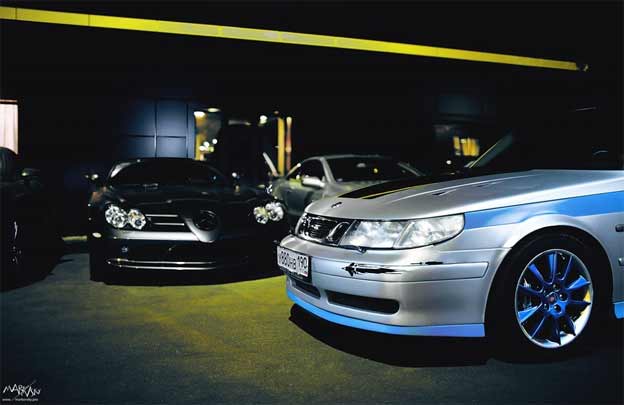
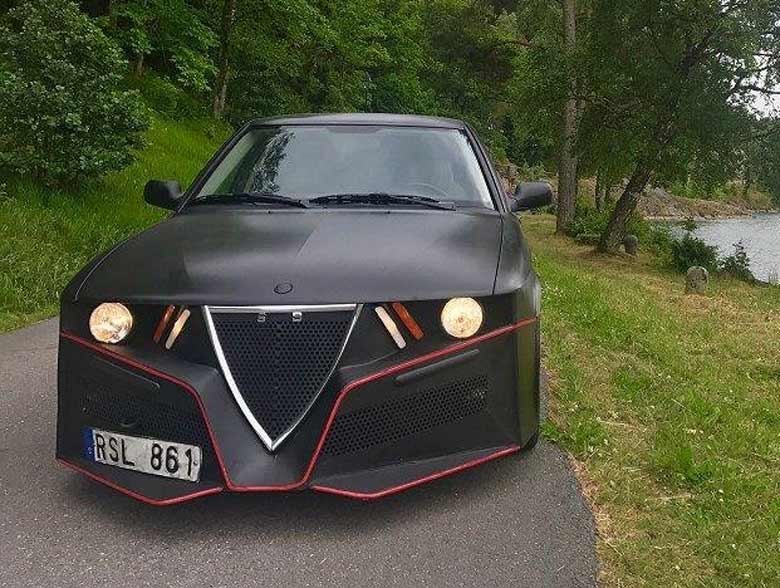




The 1967 model year is not the last year with a two-stroke engine. The plan was to keep the two-stroke engine longer. DKW (Audi) had stopped two-stroke engines in 1965, and other Western European car manufacturers also stopped two-stroke engines at this time. 1968 was Saab’s last year with two-strokes. In Norway, 3 units of 96 and 2 units of 95 were sold in 1968 with a two-stroke engine. Externally, it is completely identical to the 1968 V4 in color, interior and bodywork, also with larger windows that came in 1968. Today, there are two Saab cars from 1968 with a two-stroke engine in Norway, one of each model type 95 and 96